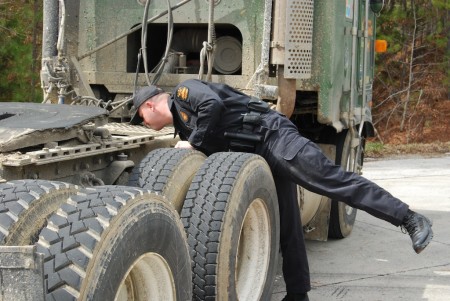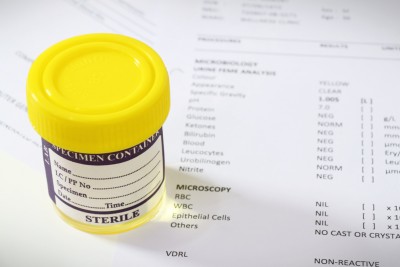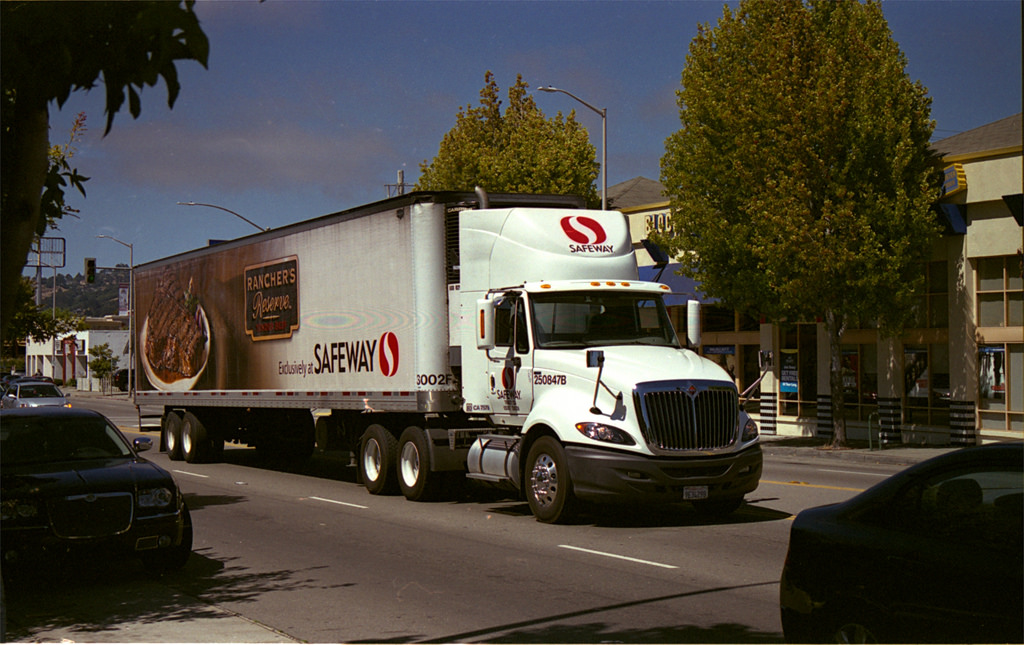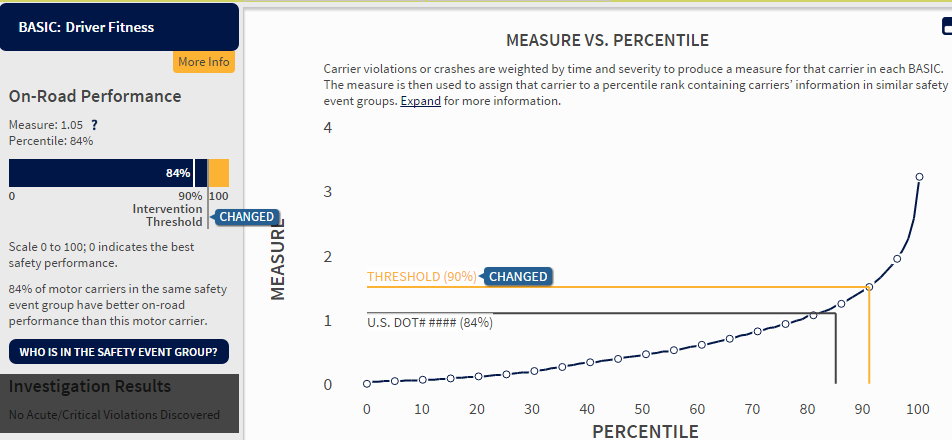
Top 10 Glostone Blog Posts from 2016
posted in Alerts by Brian Gray
Top 10 Glostone Blog Posts from 2016
Last year was a year of many changes in the trucking industry, especially in regards to regulatory compliance and safety. Before we enter into a new Presidential Administration that is already expressing an agenda for less regulation, let’s recap last year with the top 10 Glostone blog posts from 2016.
With the new Electronic Logging Device (ELD) rule mandating carriers to have an ELD to record HOS and performance in the near future, questions have risen as to what kind of carriers and drivers are subject to this rule.
The most common exemption to the new ELD mandate applies to carriers who operate within a 100 to 150 air mile radius of their headquarters.
- What DOT Inspector Screens Show When Drivers Near A Weigh-Station
- Some Reasons Why A Driver May Be Inspected At A Weigh-Station
- What The Different Levels Of Inspection Mean
- How To Treat Your DOT Inspectors
- DOT Inspectors Perspective On ELDs
With so much talk about CSA scores, many truckers may not be aware that there is another score system that is used to rate the likelihood of a truck to be selected for an inspection. This score system is known as the ISS score (Inspection Selection System).
ISS generates a single measurement that can be used to determine whether or not a truck going through a scale should bypass or be inspected. The ISS score ranges from 1 to 100 and, similar to CSA scores, a higher score is not good.
Hours of service rules limit the number of hours a driver can operate a commercial motor vehicle (CMV) and have been the irritant of driver and manager alike for as long as anyone can remember. It should be common knowledge by now for us in the trucking industry to understand that logbook violations are among the easiest violations for an auditor to find during a safety review or roadside inspection.
However, according to results from our latest Hours of Service (HOS) Quiz, even the basic rules are still causing confusion. These results amazed Dave Gray, President of Oregon-based Glostone Trucking Solutions.
Back in January, the Federal Motor Carrier Safety Administration (FMCSA) dropped its random drug testing rate from 50% to 25%. This comes as a result of low failure rates during the years 2011-13, if we want to fully trust the FMCSA’s volunteer survey participation data (check out our Conference Presentation video on this question). But there are more changes coming on the horizon to DOT drug testing regulations.
AOBRDs and other e-log devices have been around for a while now. Much has been said about the mandatory adoption of ELDs from the company and drivers perspective. But, what about the DOT inspector? How will they approach an ELD hours of service roadside audit?
The Federal Drug Administration (FDA) proposed the Food Safety Modernization Act – Sanitary Transportation of Human and Animal Food (FSMA STF) rule in 2013 and a final rule was published April 6, 2016.
By April, 2017, shippers will be required to communicate their food safety requirements to carriers in the key areas of equipment, operations, and training. However, informed shippers are contractually getting carriers that transport temperature-sensitive loads to follow these rules now.
The FMCSA wants to improve large truck and bus safety, reduce crashes, and address safety deficiencies before crashes occur. DOT-regulated safety or fleet managers are expected to do their part in discouraging non-compliant behavior while drivers are on the road.
What can managers do to discourage drivers from bad behavior?
With driver appreciation week next week, we at Glostone want to salute a truck driver that Keeps America Moving. According to a FlashAlert sent out Wednesday, Eric Tackett of Sutherlin, OR dropped off a load of drywall on his way to Salem to collect his $9.4 million and his oversized check.
“It was on the way,” Tackett said.
As first outlined in 2015, FMCSA announced on Oct 4th, 2016 that proposed enhancements to the Compliance, Safety, Accountability (CSA) Safety Measurement System (SMS) Website will be published in the Federal Register this week, to be followed by a 60-day public comment period.
These proposed enhancements are “a continuation of the Agency’s longstanding efforts to provide law enforcement, the motor carrier industry, and motor carriers with more informative safety data.” You can review these changes and provide comments by Dec 3, 2016.
















